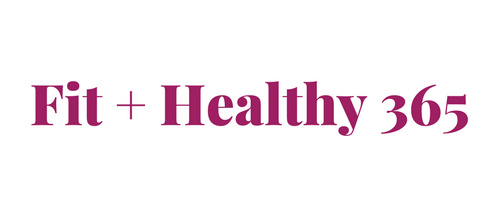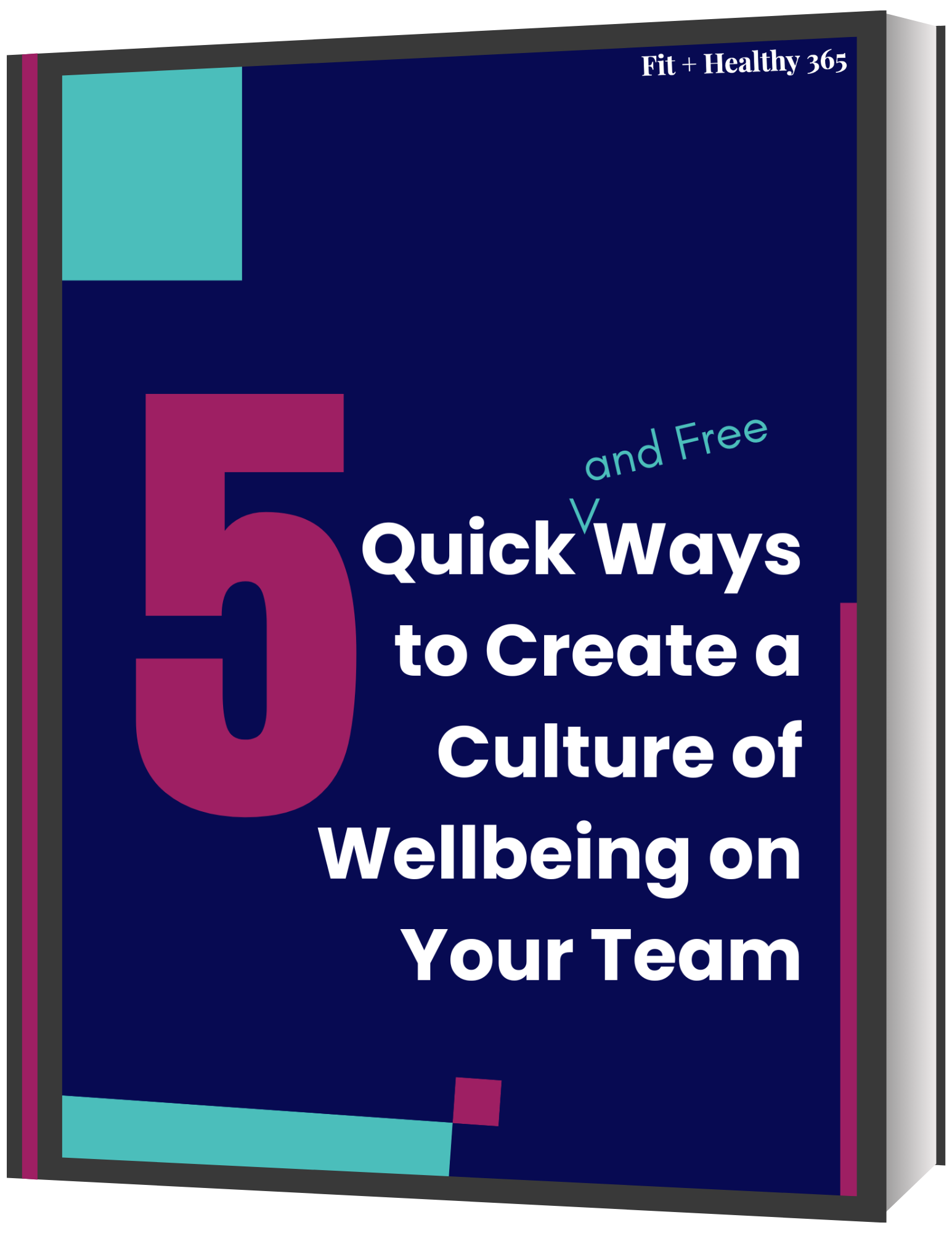Are you using a foam roller after your workouts? Perhaps you should be! Foam rolling is like self-massage and can help reduce muscle soreness, increase blood circulation and improve flexibility.
In the video below I interview my friend Cindie Helmer, RMT (Registered Massage Therapist) and Owner of Essential Health Massage Therapy based in Ottawa, Ontario. She shares with us some really great information about why you should be foam rolling, how it works, the benefits, and some very key do’s and don’ts. I’ve included some of the key points, but she goes into greater detail in the video.
What is Foam Rolling?
Foam rolling refers to a technique for self-massage and post-workout muscle recovery using a cylinder made of dense foam.
Why should I be Foam Rolling?
We use our bodies every day and repetitive strain, poor sleep and stress, and overuse or underuse can cause our bodies to feel stiff, tired, and sore. Sadly, we can’t get massages EVERY day!! Foam rolling helps in between massages. It helps to apply pressure to specific areas of the body to help stretch the tissue, break up scar tissue, and improve flexibility and circulation, as well as decrease tension.
How does Foam Rolling Work?
Foam rolling causes deep compression to the muscles and fascia, similar to a massage. Keep in mind that foam rolling can be uncomfortable, and you may be sore the next day. Be sure to drink plenty of water, eat clean foods, and get a good night’s sleep. This will help your body get rid of toxins and debris that you have released from foam rolling.
What are the Benefits of Foam Rolling?
- Improves flexibility
- Breaks up scar tissue
- Encourages circulation into restricted areas
- Relaxes muscles
- Aids in recovery
- Prevents injury
Do’s and Don’ts of Foam Rolling
Do’s:
- Seek advise from a professional, such as a personal trainer, massage therapist or physiotherapist for proper techniques.
- Wait 24-48 hours between foam rolling to avoid over working an area.
- Use good posture and proper form.
- Roll slowly, staying on an area for about 20—30 seconds and then moving on.
Don’ts:
- Don’t foam roll directly on an injured area. Working on the injured area can create more inflammation making it take longer to heal and increasing pain.
- Don’t roll on your IT bands. They are likely tight because of the muscles that attach to them, like your butt, hamstrings or quads; roll on those muscles instead.
- Don’t roll over bony landmarks. It will hurt, a lot, and not in a good way. This especially refers to the spine. Rolling over the spine will cause the supporting muscles to contract defeating the purpose of rolling. You can use a tennis ball or yoga balls to get into smaller areas.
Learn more Essential Health Massage Therapy and book your appointment today! I highly recommend Cindie and her team of RMTs.
![]()

